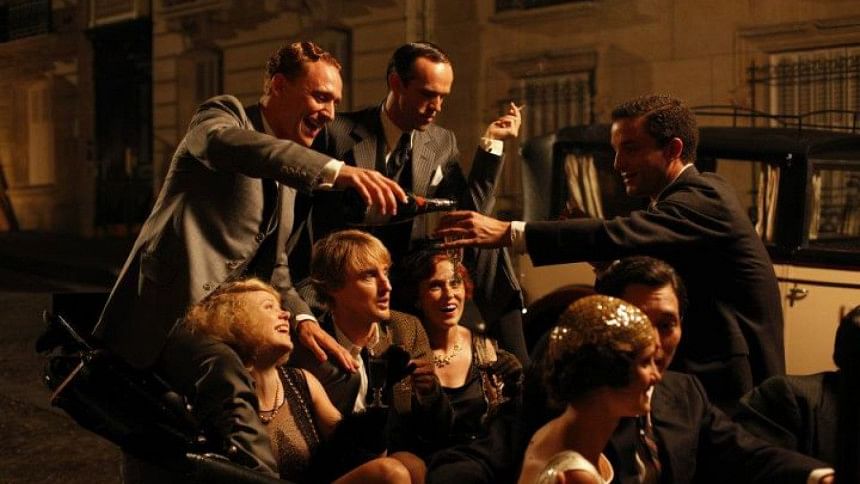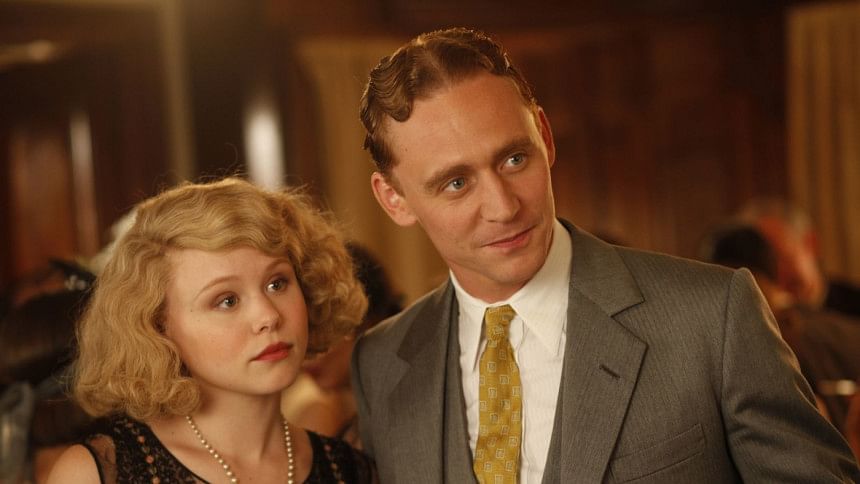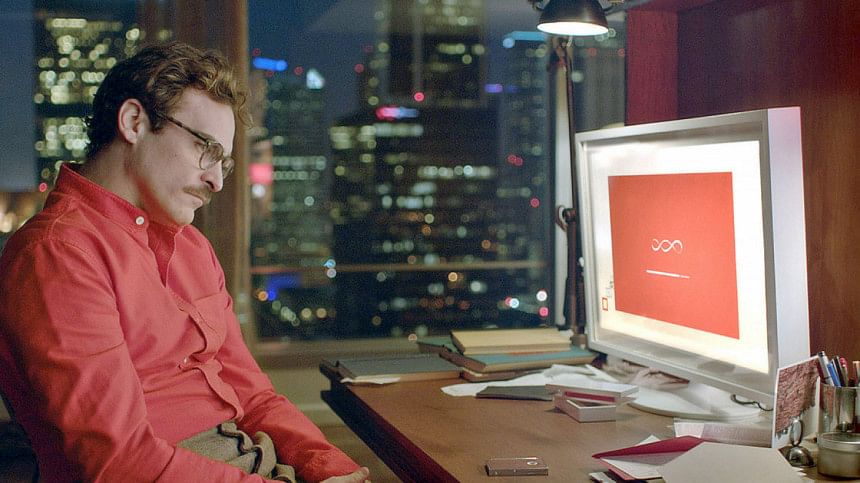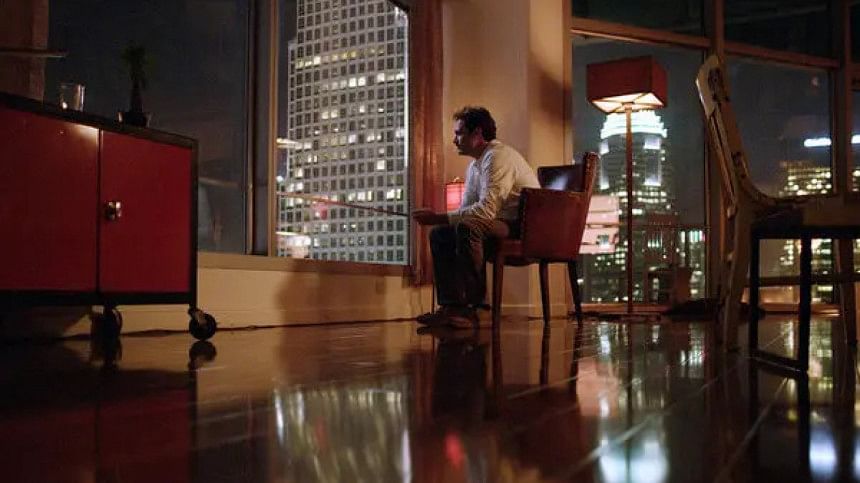Harmony of cinematic dissent in postmodern films

The onset of postmodern cinema in the grand scheme of Hollywood filmmaking began in the 1980s, reflecting and influencing the historical fusion of media culture, technology, and consumerism. Postmodern cinema is distinguished by disjointed narratives, a dark view of the human condition, images of chaos alongside random violence, the death of the hero, an emphasis on technique over content, and dystopian views of the future. The genre departs from the modernist cultural tradition established on the Enlightenment, industrial society norms, and faith in historical progress.
Although postmodern filmmakers like Woody Allen, Oliver Stone, Robert Altman, Quentin Tarantino, the Coen Brothers, Mike Figgis, and John Waters frequently make films that are incredibly original and even subversive, their break from standard Hollywood formulas and motifs that define the studio system - their pronounced cultural radicalism - is rarely connected to any form of political radicalism, even where a harsh social critique might be evident. The highly prevalent feelings of angst, uncertainty, fear, and cynicism that postmodern film tends to perpetuate are those that are present in society at large.
Postmodern films cater to their distinct style by blending diverse components of multiple films and genres into one seamless film. For this article, I have cherry-picked three different Hollywood films directed by three renowned directors who have most definitely had a hand in moulding the idea of postmodernism through their visionary pieces of art.

Midnight in Paris
Woody Allen is the kind of director who has developed his own cinematic language. He doesn't believe in elevating form over content, meaning, he values substance over the presentation or style. However, the convoluted narratives and odd but brilliant plot techniques in his movies make them distinctly postmodernist. "Midnight in Paris" (2011) unquestionably qualifies as his most postmodernist film after "Crimes and Misdemeanors" (1989). This movie examines two periods in French history through the protagonist's travel back in time via recollection.

Magical realism is present throughout the narrative. The film's historical periods are both accurately described and fictitious. There are allusions to the literary gods, artistes, and performers from that time period. Allen creates a rather lovely picture, but it also examines the sense of loss and dissatisfaction with the period one is born into. One of postmodernism's most prominent characteristics, nostalgia, is another topic covered in the movie. The nonlinear narrative structure, coupled with the protagonist's recursive time travel, challenges traditional storytelling conventions by embracing the fragmented and subjective nature of postmodern cinema.

Her
"Her" (2013) directed by Spike Jonze tells the tale of a man who works for a company that assists people in creating personal letters for their loved ones. One of the writers is named Theodore. The narrative then goes on to describe how Samantha, an Artificial Intelligence (AI) system, and Theodore grow to care for each other. The movie reeks of postmodernism. Then again, contrary to the use of the word "reek", the movie is simply delightful while having its central premise.

The film raises doubts about the truth of everyone's reality and the authenticity of human feelings. In a scenario, while Samantha is speaking to Theodore, she expresses how thrilled she is to be feeling so many different emotions. She expresses surprise at her ability to experience such emotions, but she also expresses sadness when she wonders if they are genuine or merely the result of data that has been fed into her system.
Breaking reality is one of the recurring themes in postmodernist cinema. It puts out the hypothesis that everything is an artificial reality created by data that has been fed into our systems. "Her" effectively combines the humane and computerised worlds. It explores the area where people can coexist peacefully with devices that were supposedly made for them. The AI system eventually surpasses humans in terms of emotional intelligence and romantic growth. In fact, Samantha says something really moving in the movie: "Unlike you, I never forget that I'm not human."

The concept of cybernetic love is also covered in the movie. It doesn't matter if it's Theodore's character sending heart-warming messages on behalf of other people or the depth of a relationship with an operating system. It heightens love's emotional experience to an extreme level. This movie is a postmodernist masterpiece because it captures the feeling of alienation and mundane existence as well as the longing to find love and be with someone who understands.

A Ghost Story
In "A Ghost Story" (2017), grief is given a postmodern makeover. The film is so enamoured of its style that any profound effect it might have wanted to achieve is lost in ponderousness. It is a mishmash of the ghost genre and the existential art film that seeks to be a metaphor for human existence itself.

Directed by David Lowery, the story revolves around a couple simply known as C (Casey Affleck) and M (Rooney Mara), who are getting ready to move until C is killed in a car accident. When M visits his corpse in the hospital morgue, she scans the body before walking away. The camera lingers there denoting a ghost underneath the sheet, for a very long time. The white sheet then suddenly gets up and begins walking back to the house where they shared a home in a moment reminiscent of Dreyer. So far, so simple.

"A Ghost Story" epitomises the characteristics of a postmodernist film through its deconstruction of traditional narrative structures and its self-aware exploration of filmmaking conventions. Director David Lowery challenges linear storytelling by presenting a plot that transcends time and reality, blurring the boundaries between life and death. The film's deliberate pacing and extended scenes, such as the lingering shot of the sheet-covered ghost, disrupt the viewer's expectations, emphasising contemplation over conventional emotional engagement. The use of a ghost as the protagonist and the symbolic white sheet contributes to the film's departure from conventional genres. In its ambitious attempt to serve as a metaphor for the human experience, "A Ghost Story" embraces postmodern ponderousness, echoing the skepticism and fragmented perspectives often associated with postmodernist works. The film's existential exploration aligns with Dostoyevsky's notion of loving mankind in the abstract but encountering difficulties when it comes to feeling empathy for individuals – reinforcing the detachment and introspective nature of postmodern storytelling.

 For all latest news, follow The Daily Star's Google News channel.
For all latest news, follow The Daily Star's Google News channel. 







Comments